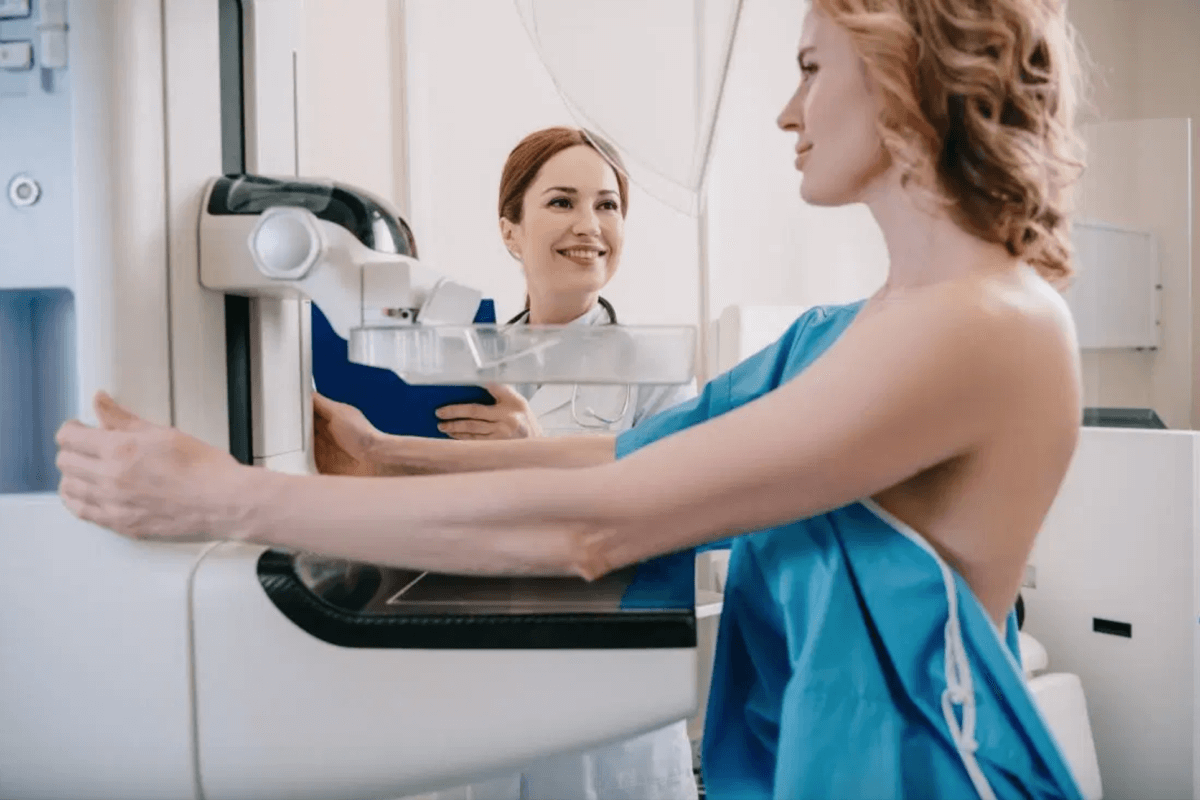
How to check your breasts
How to check your breasts
When you are checking your breasts, look at the size and shape of each breast and check for any lumps. Make sure you check your nipples and the skin on your breasts. Check each area for any pain when you are touching them, too. You might notice that your breasts feel different at different times in the month; it’s a good idea to become familiar with what’s normal for you during these times, so you can spot anything unusual.
What to look out for
• A change in the size or shape of your breast
• A change in the look or feel of your skin
• A new lump, thickening or bumpy area in one breast or armpit
• Discharge or bleeding from your nipple
• Any new discomfort or pain in one breast that does not go away.
How often should I be checking my breasts?
Try to get into the habit of checking your breasts regularly – as a general guide, aim for at least once a month. Find a suitable time that works for you; perhaps it’s after you have had a bath, when you are getting dressed or when you’re settling down for the evening. What is also important that you are aware of what’s normal for you and your body. You should be mindful that your breasts will change during your monthly cycle, pregnancy and menopause.
How early should you start checking for lumps?
Whilst there’s no specific age you should start checking your breasts, checking them from an early age will help you to become more aware of how they usually look and feel, and to help you spot any changes. If you’re over 50, you will be invited for a breast screening (mammogram). You are offered this screening every three years until you are 70. You should still be checking your breasts regularly – a breast screening shouldn’t replace your regular breast checks.
What should you do if you find a lump?
If you notice a lump in your breast, it is really important to get this checked by your doctor. A lump or change to the feel or appearance of your breasts should never be ignored. Whilst it may not be anything serious, it can help put your mind at ease to speak to your doctor about any changes you spot.

Are there any breast abnormalities to look out for that may not be cancer?
Your breasts will change naturally each month and as you get older, and they may feel tender, heavy or lumpy at the end of your monthly cycle. These changes should normalise once your period starts. It is easier to check your breasts regularly outside of your monthly cycle. If you are pregnant, your breasts will change while your baby is developing to get ready for breastfeeding, which means they may get bigger and feel sore and tender. When you reach the menopause, the amount of glandular tissue in your breasts reduces, because of the changes to your hormones. This can make your breasts feel different, and some women find they are softer and less firm. It’s really important that when you’re checking your breasts (make sure you’re checking the whole of your breast area), you are looking for any changes that feel different for you. It is best to speak to your GP about anything you are feeling unsure, worried or anxious about – as they’ll be able to help you.



